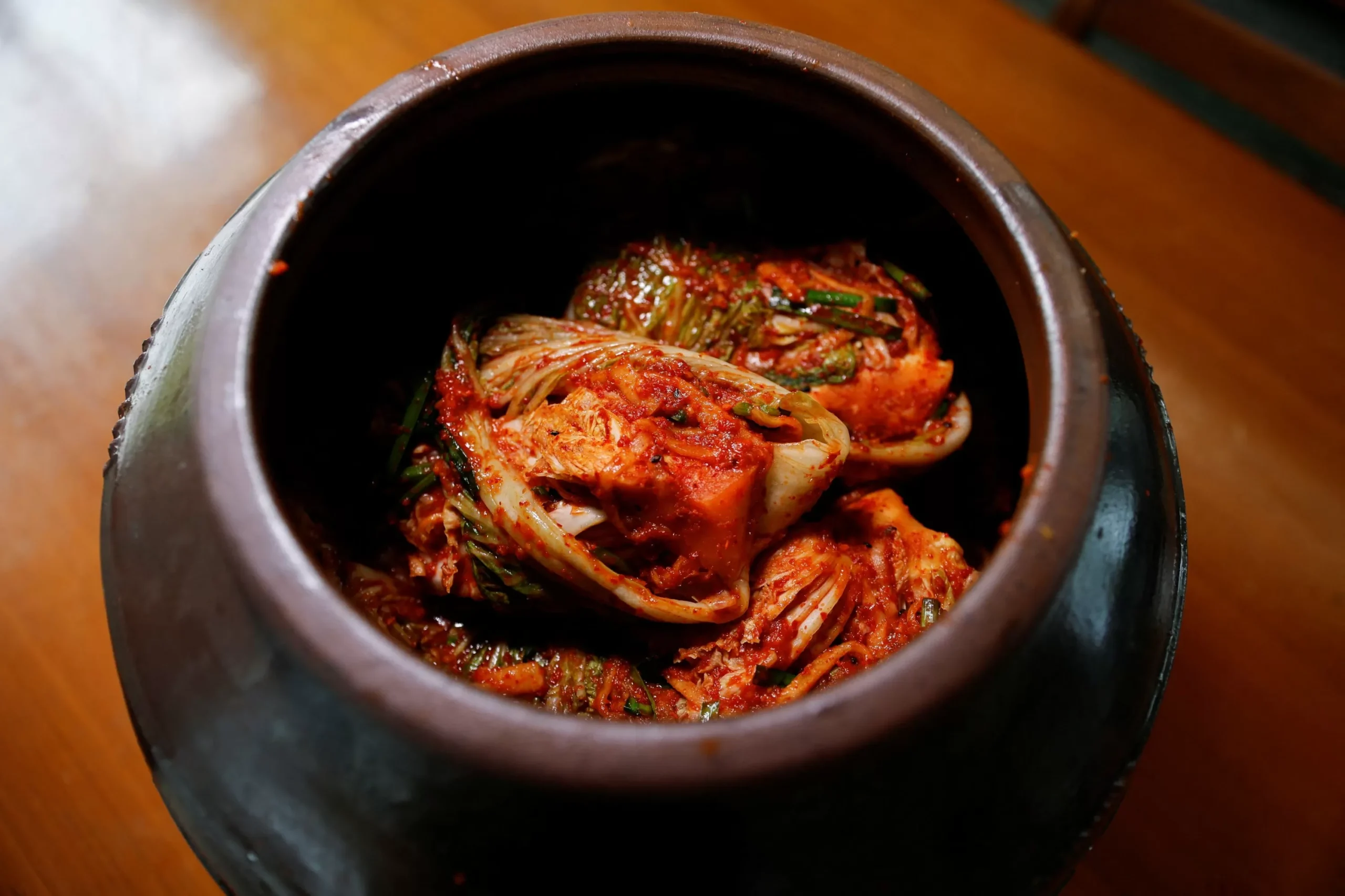South Korea’s famous kimchi, a staple in Korean cuisine, is facing a new challenge – climate change. Scientists, farmers and manufacturers are all raising concerns about the impact of changing weather patterns on the quality and quantity of napa cabbage, the main ingredient in this beloved dish.
Kimchi, a fermented side dish made of napa cabbage, chili peppers, garlic and other seasonings, has been a part of Korean culture for centuries. It is not only a symbol of Korean identity, but also an important source of nutrition for the people of South Korea. However, with the increasing frequency of extreme weather events and rising temperatures, the future of this iconic dish is at risk.
According to a study conducted by the Rural Development Administration (RDA) in South Korea, the average temperature in the country has risen by 1.8 degrees Celsius over the past century, with an even faster increase in the last few decades. This rise in temperature has had a significant impact on the growth and quality of napa cabbage, which is highly sensitive to temperature changes.
One of the major concerns for farmers is the changing pattern of precipitation. In the past, South Korea’s monsoon season brought much-needed rainfall for the growth of napa cabbage. However, with climate change, the monsoon season has become more unpredictable, resulting in either too much or too little rain. This makes it difficult for farmers to plan and adjust their cultivation methods accordingly.
Moreover, the increasing temperatures have led to a surge in pests and diseases, which can greatly affect the quality of napa cabbage. The RDA study found that the number of pests and diseases has increased by 20% in the last decade, with some new pests emerging due to the changing climate. This has forced farmers to use more pesticides, which not only adds to their production costs but also raises concerns about the safety of the produce.
The changing climate has also affected the taste and texture of napa cabbage, which is crucial for making good kimchi. Traditional methods of kimchi-making require the napa cabbage to be grown in colder temperatures, which helps in achieving the desired crispiness and sweetness. However, with warmer temperatures, the napa cabbage becomes softer and sweeter, altering the taste and texture of the final product.
Manufacturers of kimchi are also facing challenges in sourcing high-quality napa cabbage. They rely on a steady supply of fresh, high-quality cabbage to make their products, but with the changing climate, this has become increasingly difficult. This has resulted in higher production costs and a decline in the overall quality of kimchi being produced.
Despite these challenges, all hope is not lost for South Korea’s famous kimchi. Scientists and researchers are working on finding solutions to combat the effects of climate change on napa cabbage. Some farmers have already started implementing new techniques, such as using shade cloths to protect the cabbage from extreme heat, and using organic methods to control pests and diseases.
The government is also taking steps to support farmers and promote sustainable agriculture. The Ministry of Agriculture, Food and Rural Affairs has launched a program to help farmers adapt to climate change and increase their resilience. This includes providing financial support for the installation of shade cloths and other protective measures, as well as promoting the use of environmentally friendly farming methods.
Moreover, there is also a growing trend among consumers to support local and sustainable agriculture. This has led to an increase in demand for organic and locally grown produce, including napa cabbage. This not only benefits the farmers, but also promotes a healthier and more environmentally friendly way of farming.
In conclusion, while South Korea’s famous kimchi may be facing challenges due to climate change, it is heartening to see that efforts are being made to preserve this beloved dish. With the support of scientists, farmers, manufacturers and consumers, we can ensure that future generations will continue to enjoy the delicious and nutritious kimchi that is an integral part of Korean culture. Let us all do our part in protecting and preserving this cultural icon.








